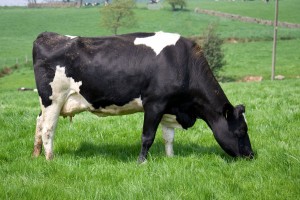Michael Pollan’s emphasis on whole food stuck out to me. Particularly important though was his analysis of nutritional advice in the promotion of foods, which break down the whole food and focus on its component parts.
The growing gluten-free fad has increased availability and knowledge around celiac and enabled those with this untreatable autoimmune deficiency to lead a more normal and stress-free lifestyle. The gluten-free label serves as an allergy warning for myself and others with celiac disease, but for the large majority of gluten-free consumers, it is interpreted as nutritional advice.
Not until now have I considered the similarities between claims for products that are “gluten-free” and “low-fat” (for example), but I think the connection is relevant and should be explored. Just as people choose “low-fat” items because of the perceived health benefits, gluten-free often leads people to believe that they are eating healthy too; however, gluten-free is by no means synonymous with nutrition or good health. If anything, foods labeled as gluten-free are likely the exact opposite. Foods that make this health claim are almost always higher in sugar, contain additional (often unknown and unpronounceable) ingredients, and cost more. By removing the gluten, these items are added to compensate–similar to most packaged food and especially those that make nutritional claims.
By claiming items are “gluten-free” most people neglect to consider what is in the food as an alternative to gluten. By focusing on the individual ingredients and nutritional components in the food, and not the food as one whole entity, we neglect to consider what else is in our food. This is a product of fragmented nutritional advice/thinking and the inability to recognize that “the whole of a dietary pattern is evidently greater than the sum of its parts” (Pollan, 178).
